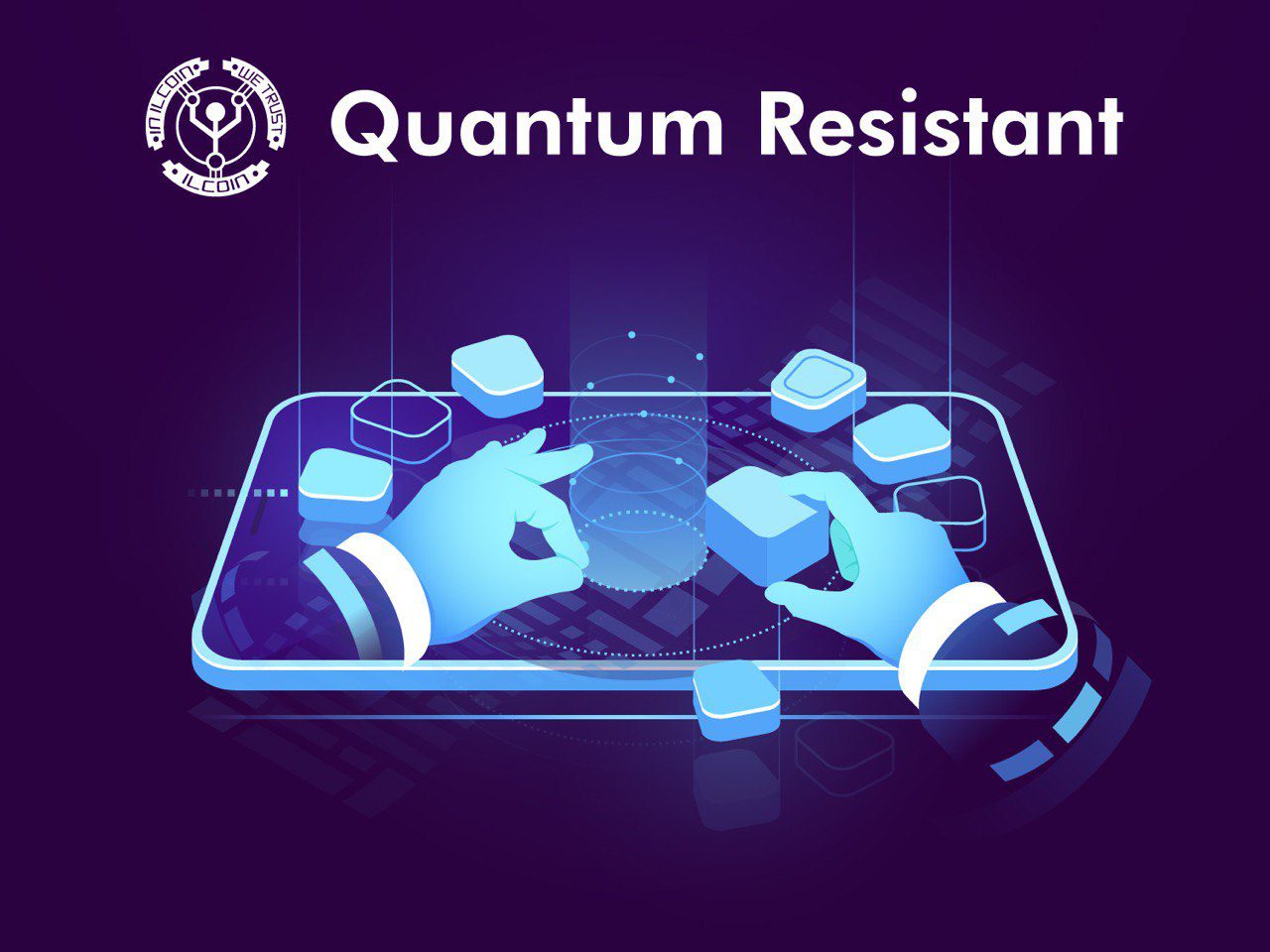The field of crypto and blockchain is always eager for new developments. Especially if we talk about security and anonymity, which often get compromised by new laws and vulnerabilities that frequently remain unnoticed during the development stages of different projects. Lately, there has been a growing amount of mentions of the ILCoin project in the media around the world.
They position themselves as an innovative project in the cryptomarket and put a great emphasis on the technological advancement for the better future of the entire industry. We’ve decided to ask the project’s developers about their path so far and all the different technological innovations that make them unique.
C2P-protocol and Quantum-Resistant Blockchain – how did you achieve it?
Team of developers: Even as we are no more than 10 years away from quantum computing, many of the existing systems are not prepared for such changes, because in its nature this technology poses enormous risks in the form of zero-cost hacking attacks. It’s especially relevant in decentralized systems, that require to stay immune to almost all types of potential threats.
Unfortunately, the current blockchain systems operating on the PoW algorithm, are still vulnerable to 51% attacks and the fundamental thing that saves these networks from hacking attacks is an enormous number of hashing power. That’s what makes these systems robust. But technological progress doesn’t stay still, and quantum computers will offer unprecedented computing resources that can be used towards an attack on almost any blockchain network of today.
Eventually, we solved this problem by implementing a cutting-edge Command Chain Protocol (C2P), that eliminates all possible ways to make a 51% attack, double spending attack, and Sybil attacks. But most importantly, by running a multi-layered blockchain it became possible to make ILCoin’s SHA-256 blockchain immune to quantum computing attacks. The blockchain itself is supported by three types of different nodes: Broadcast, Validator, and Admiral.
The essential part of this equation is Admiral nodes that create a unique digital signature which gets stored in blocks of separate blockchain layer that is synchronized with the main blockchain. These digital signatures are added into the main blocks along with hashes. It completely resolves the block-injection problem and the possibility of quantum computing attack.
You’ve expanded ILCoin’s block size to 25 MB – care to comment on that?
Team of developers: A block is simply a container of transactions – the size of a block puts a cap on the number of transactions it can handle. The big problem lies with scaling the system. The more wide-spread a currency becomes, the more transactions it can expect. And because of the block-size limit, a queue is likely to happen and increase over time. As transaction volume kept increasing with the growth of world-wide cryptocurrency adoption, increasing the limit of a block became a subject for major debate among the members of the crypto community.
We at ILCoin have also found our own solution – our team has increased the block size to 25 MB, reaching an enormous transaction speed per block (up to 170,000 tx/block). Comparing our solution to the existing blockchains, the Bitcoin and Ethereum are capable of providing 7 tx/s and 15 tx/s respectively. From 170,000 transactions per block, we can handle 15 million transactions per day (whereas Bitcoin, at the moment, can only handle 375 thousand).
You are using AI to reinforce your security systems?
Team of developers: Yes, you see, whether the blockchain public wants to admit it or not, the 51% attack is not the only threat. If we talk, for example, about attacks on other components of the network like nodes, then not all blockchains are capable of withstanding that effectively. Fortunately, ILCoin has a solution for this as well. We have implemented AI firewalls that constantly scan in real-time traffic and internal processes that different components run on the network and protect them from various cyber attacks.
But what’s even better, all AI Firewalls are interconnected and learn from each other! So, if there’s an intrusion that the AI detects and analyzes, the rest of the system will get this information as well, improving its neural network. The self-learning algorithm is detecting all anomalies that happen during the network’s operation. That makes it virtually impossible to hack into the other vital components of the system.
What comes next for the project?
Team of developers: ILCoin is actively cooperating with different cybersecurity agencies. And when there’s a new blockchain upgrade, we always pass the security audit. At the moment, the C2P consensus algorithm is undergoing testing to ensure that the system is robust in all ways. We take our technology very seriously.
Moreover, we are planning to make a Bug Bounty program which is essential when you are creating a very sensitive system. This decision was made because human error is a widespread thing, and many vulnerabilities may be left unnoticed during the development process. That’s why there’s a need to go an extra mile.
With these technological advancements, the ILCoin can become a viable Bitcoin alternative in the next couple of years, because technologies evolve fast and not all corporations are capable of providing secure and robust solutions when there’s a definite need. Our desire is to make ILCoin a strong project, capable of withstanding the test of times.
This material has been brought to you with the full cooperation of the ILCoin team. Members of the project’s development team (Batmin, Albert Rot, Thor) can always be found in the project’s official Telegram channel and are always happy to answer whatever questions the audience might have.



































